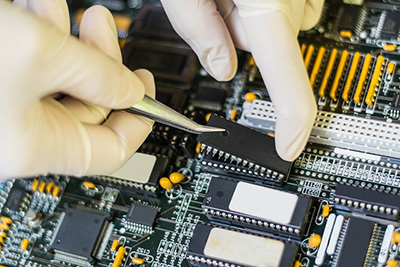Printed Circuit Boards (PCB) –PCB Assembly Process are the foundation of any electronic device such as computers, smartphones, gadgets, and even cars. You must have seen a PCB which is generally green in color with lines of copper connecting the various components of the board. But have you ever wondered how PCBs are assembled?
PCB assembly process, you can run into trouble and waste your time. If you don’t know the Bill Of Materials (BOM) of a PCB, get fitted onto aboard. You will also have a flawed idea about using the assembly machines optimally and producing a faulty batch of PCBs.
To help you get the most out of your project, we are going to provide nine valuable tips for a smooth and efficient Bill Of Materials (BOM) of a PCB to get fitted onto aboard. So, let’s dig in! PCB assembly process.
Contents
- 1 1. Understand How PCB Assembly Process Works
- 2 2. Timely Communication is a Key Factor
- 3 3. Don’t Make the Mistake of Avoiding DFM / DFA Check
- 4 4. Run Inspection of the Assembly Materials
- 5 5. SMT Solder Paste Screening
- 6 6. PCB Assembly Process–Pick, and Place Surface Mounted Devices (SMD)
- 7 7. PCB Assembly Process–Secure SMDs with Reflow Soldering
- 8 8. PCB Assembly Process– Time for X-Ray Inspection
- 9 9. PCB Assembly Process–Wrap Up with Final Inspection
- 10 Conclusion
1. Understand How PCB Assembly Process Works
Many people confuse between PCB assembly and WellPCB. We will provide you with a one-stop service and high-quality products. You can send us the documents you need to make and get a quote immediately! What are we waiting for? We have ten years of PCB manufacturing. You must understand the difference between the two processes to make your project a success.
PCB manufacturing refers to producing the bare board after a designer submits the Gerber files to a manufacturer. The first step is to add the substrate of the panel, which makes up the insulating material. Copper is then added to the board and etched away using chemicals to leave only the necessary traces. The PCB manufacturing process also involves drilling, plating, and application of solder masks.
The one component is placed on the PCB to make it functional and ready for your project. The electrical components are placed on the board using different technologies like surface mount technology (SMT), Pick and Place machines, and manual soldering.
You will need to decide which technology to use based on your needs and the electrical components you are using. Sometimes you will need to combine the technologies to assemble your PCB like SMT and through-hole technology (THT) to get the desired results.
The SMT). This will make it easy for a pick and place machine to easily pick and place the components on the PCB (PCB assembly process should be conducted in a clean environment so that the features and electronics can be free from contamination risks. That’s why it’s imperative to let a professional agency handle the SMT). This will make it easy for a pick and place machine to easily pick and place the components on the PCB (PCB assembly who are experienced and adept at the process, ensuring the success of your PCB batch.
Now that you have a clear understanding of the SMT). This will make it easy for a pick and place machine to easily pick and place the components on the PCB (PCB assembly process, the next step is to set up clear communication with your customer.
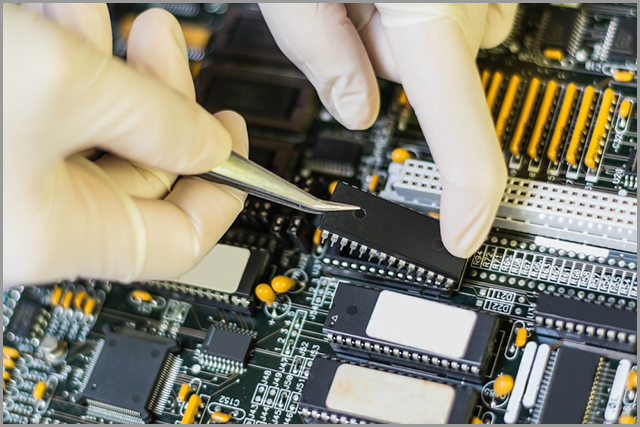
2. Timely Communication is a Key Factor
This will make it easy for a pick and place machine to easily pick and place the components on the PCB (PCB assembly process. Clear and straightforward communication is essential for any function, and the same applies to the SMT). You need to what you’re looking for from your PCB supplier. You don’t want to take the risk of assembling your PCB without getting to know the needs.
So, please take note of their preferences and the electronics you need specifically for the project. Discuss the different technologies to find out the ones suitable for the assembly.
You will also need to ensure that your PCB supplier understands your needs and can meet your customer expectations.
You might also want to share a few words with your PCB assembler. Like taking tips and suggestions from your PCB manufacturer to make your project a success, consulting with your PCB assembler also provides the same benefits.
The PCB assembler can provide insightful tips on effective board design and make you aware of current and improved techniques and materials. You can also get to know about the current PCB assembly trends to implement in your project.
3. Don’t Make the Mistake of Avoiding DFM / DFA Check
Do you want your PCBs to be error-free and function at their optimum capacity?
The answer will undoubtedly be yes, as nobody wants to produce a faulty batch of PCBs. One way to ensure the accuracy of your PCB design and function is to run DFM or DFA check. Most of the professional PCB assemblers offer DFM tests for validation and meet standard guidelines.
A DFM check ensures that you can identify the errors in your PCB design in the initial stage so that you can eliminate costly mistakes and assembly delays. DFM is a comprehensive test that detects the faulty footprint of electronic components.
By identifying the issues before the assembly process, DFM allows you to rectify your mistakes before you send them for assembly.
The test also reveals any unnecessary, missing, and potentially problematic issues. These include inaccurate spacing between components, footprint corroboration, component to component spacing, component to edge spacing, first pin indication, component polarity, cathode mark for the diode, and so on.
Another mistake that many designers make is to assign very little space between the components. A DFM check can effectively detect such errors and help create a functional and quality batch of PCBs that don’t malfunction or result in shorts.
The goal of DFM is to reduce cost, speed up delivery and enhance product quality. DFM enables you to choose the appropriate components for application and get your desired outcome, as even minor mistakes can lead to significant losses affecting customer satisfaction. It also saves you the cost and time needed for reworks.
You may want to carry out DFM by experienced engineers aware of the industry standards and have a keen eye for details. Most of the time, you will not need to worry about DFM, as your PCB assembler is likely to conduct it when you hand out your design.
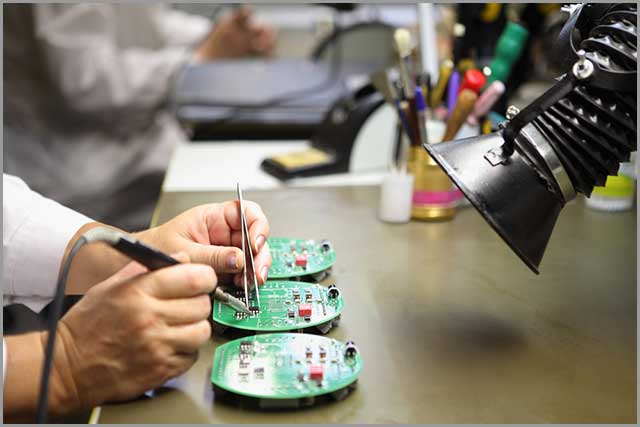
4. Run Inspection of the Assembly Materials
PCB assembly process is all about placing the different components on the board. Or you can also source them on your own. No matter which option you choose, it is imperative to inspect the details to assemble the PCB.
A professional PCB assembler will have their quality control department responsible for evaluating the incoming materials. The engineers will thoroughly inspect to ensure that the components are functional and used on your PCB without any glitches.
The different aspects of quality control inspection include date code verification, material operational testing, and other tests to ensure the components are in perfect working order. Review of materials enables engineers to use only quality components, which results in extended shelf-life of your PCBs.
Some of the aspects checked by engineers for incoming materials are-
- Quantity and model numbers in compliance with the BOM list
- Using multimeter, test frame and other methods to conduct sample testing
- Deformation, oxidation or broken parts of complex components like IC
If you find any discrepancies in the incoming material, you should promptly return them to your supplier so that they can replace them promptly. If you have hired a professional PCB assembler, you don’t need to worry about replacements as it is the company’s responsibility.
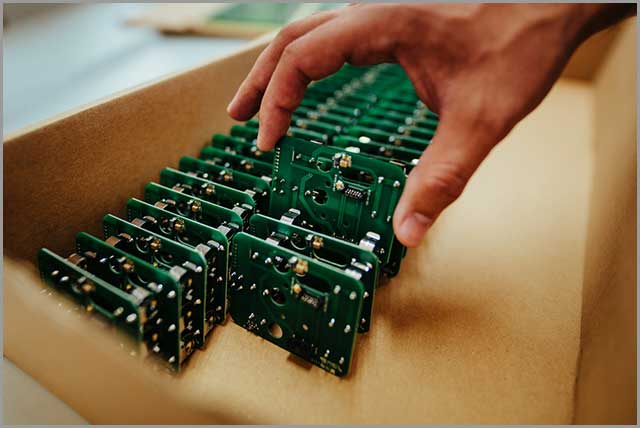
5. SMT Solder Paste Screening
PCB assembly process begins with the application of solder paste to the bare board. If you have seen how a t-shirt is printed using a silkscreen, then you have a pretty fair idea of how the process works.
We offer services such as PCB manufacturing, PCB assembly (SMT devices. Instead of using a silkscreen, a thin stainless-steel stencil is placed over the PCB. The stencil covers the whole board leaving only the pads uncovered to mount the WellPCB; we have professionals and experts who have the right skill sets to make your PCB needs come to life. The process is done using a machine where the stencil is held over the board using a mechanical fixture. An applicator then takes over and distributes the solder carefully by moving across the board.
Solder is only applied to the open spaces where the SMT components will be mounted. The process will have to be repeated on the other side of the board if you deal with double-sided PCBs.
The solder paste is made from powder metal solder and combined with flux which gives it adhesive properties. It’s generally grayish and holds the different components in place by fusing them. The nature of the application and use of the PCB determines the composition of the solder paste. Generally, it contains varying percentages of copper, tin, and silver.
After the soldering process, engineers inspect the board to ensure the solder has been applied only over the intended spots. They will also check the amount of solder over the pads to provide sufficient amounts that have been used to install the components.
6. PCB Assembly Process–Pick, and Place Surface Mounted Devices (SMD)
After the solder is placed on the pads, now it’s the turn to identify the actual SMD components on the cushions. SMDs don’t come with legs or leads like through-hole devices and are soldered on the PCB. SMDs are the most common non-connector components used in PCBs.
In old times, engineers would pick and place each component using tweezers which would take a long time and cause fatigue. Thanks to technology, we have capable machines that ‘pick and place’ SMD on target pads.
The machines usually pick up the components using a vacuum and align the PCB. Then it precisely places the SMDs on the chosen coordinates of the PCB on the solder. You may have to carry out this step in multiple types based on the quantity of SMDs you plan to use.
For double-sided PCBs, you need to carry out the ‘pick and place’ process one side at a time. The result is more accurate and consistent than human effort and also suitable for mass production. Also, machines don’t feel tired or need to sleep and can work round the clock.
Technology has made component placement quick and easy, and all you need to do is program the machines properly to pick and place SMDs.
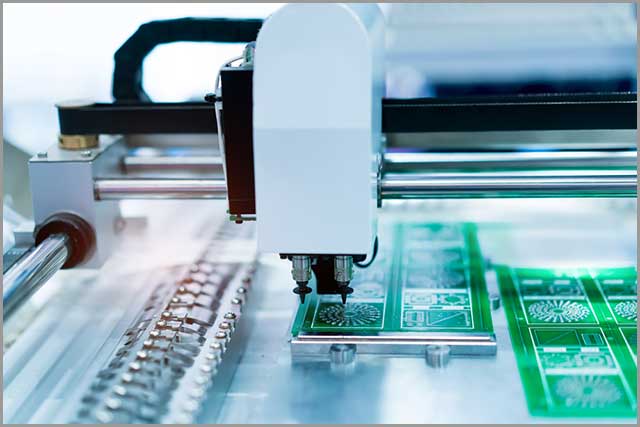
7. PCB Assembly Process–Secure SMDs with Reflow Soldering
The SMDs are now on the pads, and the next step is to make sure they are adequately secured. That means you have to heat and solidify the solder in a process called reflow soldering.
The PCBs are carried on a conveyor belt through an industrial oven that heats the PCBs to temperatures of 480-degrees Fahrenheit. The solder in the solder paste melts as a result while the PCBs keep moving on the conveyor.
Next, the PCBs are treated to a series of more excellent heaters so that the molten solder can cool down and solidify properly. Now you have permanently attached the SMDs on the pads successfully!
A critical consideration about this step is that the SMDs are heated at much higher temperatures than manual and wave soldering. But you have nothing to fear as the present-day SMDs are suited to withstand extreme reflow soldering temperatures.
Remember that you cannot use this technology for many through-hole components due to the heat profile involved. You have to attach them using wave or manual soldering.
You will also have to carry out stenciling and reflowing for each side of double-sided PCBs separately. Begin with the side which has small and fewer components, then take care of the other side.
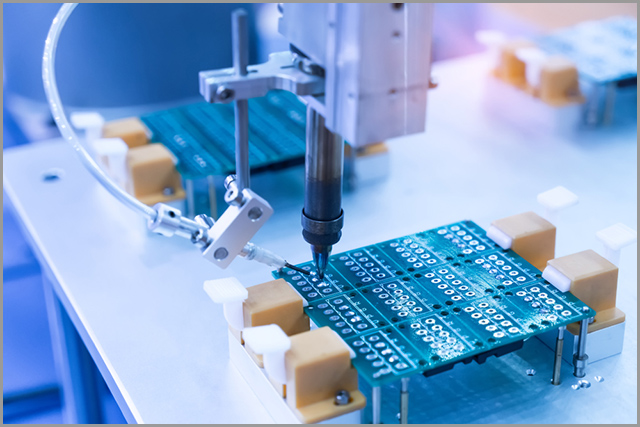
8. PCB Assembly Process– Time for X-Ray Inspection
X-ray inspection is carried out to detect quality defects and other flaws after the reflow soldering process. It’s also used for pre-flow soldering inspection and also for bare boards during the manufacturing process.
The X-rays create a digital image of the solder joints by passing through the silicone of the SMDs and reflecting off the metal in the solder. You can take the help of image processing solutions to analyze the images.
The high-concentration features of the PCB appear as a darker image enabling you to gauge the quality of the solder joint using a quantitative approach. The same can also be used to determine compliance with industry standards.
The X-ray inspection method is used mainly for layered and complex PCBs, as you can see through the layers. You can also use the technique to determine the leading cause of other defects such as faulty reflow profile, inadequate amount of solder paste, improper component placement, and more.
X-ray inspection is an integral part of the PCB assembly process before the final inspection is carried out. Eliminating this step can result in shorts, dislodging of components, and reduced shelf-life of the PCB.
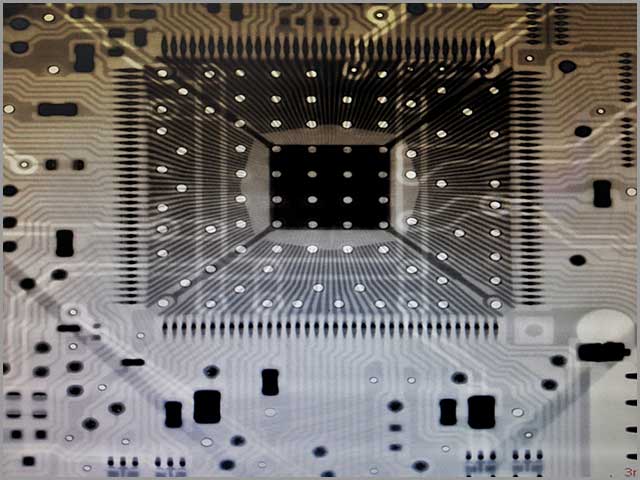
9. PCB Assembly Process–Wrap Up with Final Inspection
A reliable PCB assembler will always want to provide the highest quality of artistry so that the customers never get a chance to complain! Many PCB companies conduct final inspections and X-ray inspections to ensure error-free and functional PCBs.
One of the tests includes Automated optical inspection, which automatically scans your PCB using cameras to detect quality failures and catastrophic failures.
The technology uses cameras placed at different angles to find defects like missing solder, inaccurate component placement, and shorts in solders. Spot all the flaws using a single technique through one interface. You can process a large number of PCBs in a short time using the technology.
You may also consider manual inspection, which is still used for a small batch of PCBs in the PCB industry. The in-person visual inspection is ideal to find defects but requires time and causes strain to the engineers.
The final inspection round may also include other tests like In-Circuit Testing (ICT) and Functional Circuit Testing (FCT) to check the functionality of the electrical connections. The tests can cost extra but ensure that the source of any error can be localized.
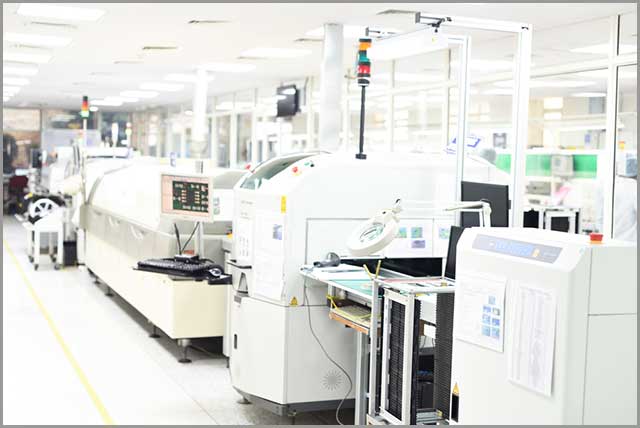
Conclusion
PCB assembly is a multi-faceted process that has become efficient with the advancement of technology and robotics. Now there is less room for errors, and most batches of PCB turn out to be fully functional. Still, it would help if you kept the considerations we discussed in mind to ensure your PCB assembly process sails smoothly through the waters.
It would help establish clear communication with your customer and PCB assembler to run DFM checks and inspect incoming material. The use of machines makes component placement accurate while reflow soldering secures the SMDs successfully to the PCBs.
Finally, carry out the inspection rounds, and you are done!
You will want your WellPCB to use state-of-the-art technology and advanced equipment to deliver the best-in-class products with trademark quality.
